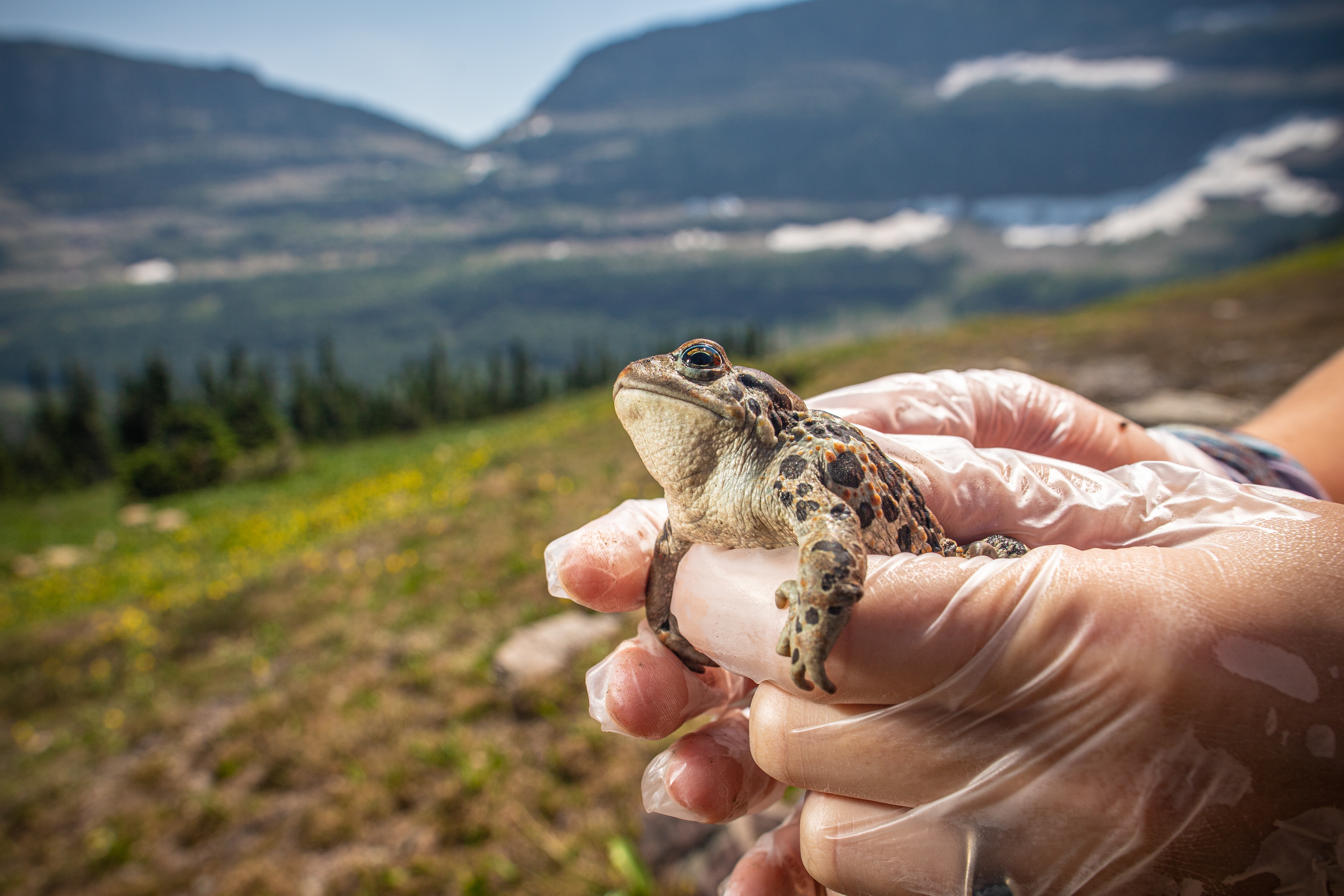
This project will support the development of a statewide chytrid fungi response plan by generating a risk model, increasing surveillance efforts, and creating open-access educational materials.
Background:
Amphibians play a critical role in maintaining ecosystem health. The global spread of the chytrid fungus Batrachochytrium dendrobatidis (Bd) has been associated with declines in amphibian populations and local extinctions, marking the greatest recorded loss of biodiversity due to a disease. However, an emerging chytrid fungus, Batrachochytrium salamandrivorans (Bsal), has been responsible for high levels of mortality in salamander populations in Europe, and its introduction into the United States could pose significant threats to amphibian biodiversity. In the proposed project, the researchers aim to generate a risk model of Bsal across Minnesota and, in turn, inform management opportunities. The outputs of this study will be used to guide surveillance activities and targeted science communication efforts, forming the basis for a statewide response plan.
Activities:
- Generate risk models for Chytrid fungus across Minnesota
- Develop and implement surveillance networks
- Cultivate a substantial knowledge base regarding chytrid fungi and their potential impacts on the state
